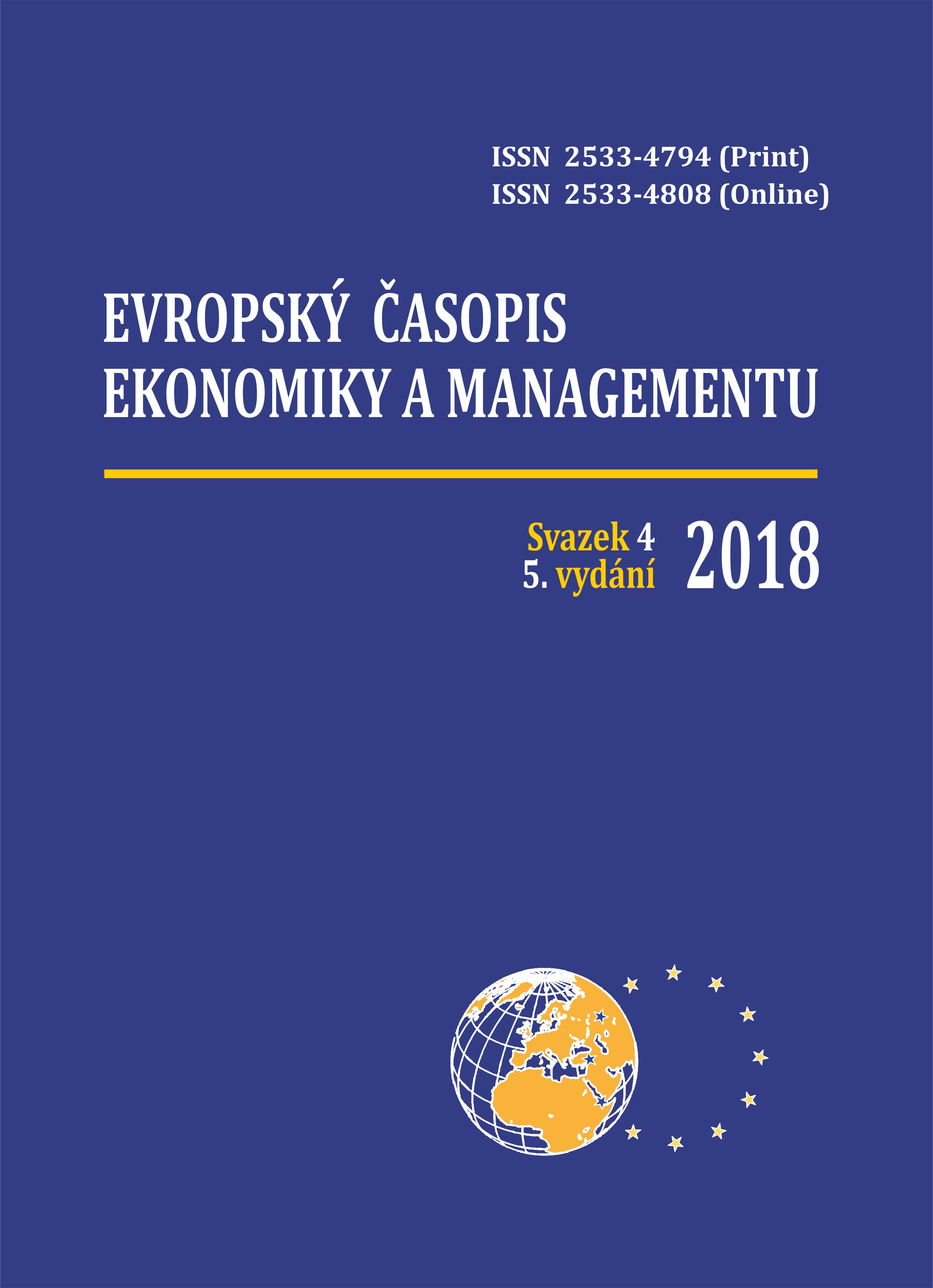DOI: 10.46340/eujem.2024.10.1.1
Dwi Widiarsih1 , SE., M.Sc
Riau Muhammdiyah University, Pekanbaru, Indonesia
How to cite: Dwi, Widiarsih (2024). The Effectiveness of Housing and Slum Settlement Programmes (Case Study of Indragiri Hulu Regency, Riau Province). European Journal of Economics and Management, 10, 1, 5-14. https://doi.org/10.46340/eujem.2024.10.1.1
Abstract
Along with the high population growth and inequality in the provision of employment opportunities between rural and urban areas, it ultimately has an impact on the increasing rate of urbanization. Migration of population from rural to urban areas causes an increase in the need for land for housing in urban areas. The high price of land in urban areas has an impact on the emergence of uninhabitable areas.
The Indragiri Hulu Regency Government settled 7 locations as settlements and slum housing areas with an area of 137.29 hectares. In 2017, the Indragiri Hulu Regency Government made a revision by setting 8 locations as residential areas and slum housing with an area of 122.77 hectares. The addition of this number of locations assumed that there are areas that were not originally slum areas based on indicators set by the Ministry of Public Works and Public Housing, developing irregularly so that in 2017 it became a slum area. Then the reduction in the area of slum areas from 137.29 hectares to 122.77 hectares indicates the success of handling slum areas, although the condition has not decreased significantly.
Based on the results of data processing, it is known that the logit model estimation consists of 4 significant variables that affect the effectiveness of the housing and slum area handling program (p-value is smaller than 0.05), namely building condition, building density, environmental road services and settlement quality of Street.
The impact of the housing program and slum areas using PSM with the Nearest-Neighbor (NN) method, noted that variables that do not affect the effectiveness of the housing program and slum areas, namely wastewater management and fire protection are excluded as covariates in calculating ATT.
The housing and settlement program in this slum area has not been able to improve facilities and infrastructure building (SPS), after the program was implemented, the implementation of the housing and slum area handling program had an impact on improving road conditions and the environment, but the program actually does not have an impact on improving environmental drainage conditions.
Keywords: Policies, Housing programs, Slum area, Propensity Score Matching (PSM), Average Treatment on Treated (ATT), infrastructure building (SPS).
JEL: R31.
References
Caliendo, M., Kopeinig, S. (2008). Some Practical Guidance for the Implementation of Propensity Score Matching. Journal of Economic Surveys, 22(1), 31-72. https://doi.org/10.1111/j.1467-6419.2007.00527.x
Haryanto, Suharno (2019). The Analysis of Propensity Score Matching on the Economic Effect of C.A.F.E. Practices Certification Toward Lintong Coffee Farming in North Sumatra. Certification Practices on Lintong Coffee Farming. Journal of Agripep, 18(1), 139-152. https://doi.org/10.31186/jagrisep.18.1.139-152
Hosmer, D.W., Fagerland, M.W. (2012). A generalized Hosmer–Lemeshow goodness-of-fit test for multinomial logistic regression models. The Stata Journal, 12(3), 447-448. https://doi.org/10.1177/1536867X1201200307
Khandker, S.R. Koolwal, G.B. & Samad, H.A. (2010). Handbook on Impact Evaluation Quantitative Methods and Practices. The World Bank. Washington D.C. https://doi.org/10.1596/978-0-8213-8028-4
Putro, D. (2011). Penataan Kawasan Kumuh Pinggiran Sungai Di Kecamatan Sungai Raya [Arrangement of Riverside Slums in Sungai Raya District]. Journal of UNTAN, 11(1), 19-34. https://jurnal.untan.ac.id/index.php/jtsuntan/article/view/1066/0 [in Indonesian].
Rahman, M.S., Toiba, H. & Efani, A. (2019). Alternative Work as Fishermen Adaptation Strategy to Climate Change (Case Study in Piton District, Probolinggo Regency). Journal of Habitat, 30(1), 1-7. https://doi.org/10.21776/ub.habitat.2019.030.1.1
Resa,Ade Masya, Suardi, T., Zulfan, Saam (2017). Strategi Penataan Kawasan Permukiman Kumuh Perkotaan Kampung Bandar Kota Pekanbaru [Strategy for Slum Settlement Areas for Urban Villages in Bandar Pekanbaru City]. Jurnal Dinamika Lingkungan Indonesia [Indonesian Journal of Environmental Dynamics], 2(2), 117-127. http://dx.doi.org/10.31258/dli.4.2.p.117-127 [in Indonesian].
Rosenbaum, P.R. (2005). Sensitivity Analysis in Observational Studies. Encyclopedia of Statistics in Behavioral Science, 4, 1809-1814. https://doi.org/10.1002/0470013192.bsa606
Rosenbaum, P.R., Rubin, D. (1983).The Central Role of the Propensity Score in Observational Studies for Causal Effects. Biometrics, 70(1), 41-55. https://doi.org/10.1093/biomet/70.1.41
Sri & Fitri (2014). Kajian Karakteristik Dan Metode Penanganan Kawasan Kumuh (Studi Kasus: Kecamatan Semarang Timur, Kota Semarang [Study of Characteristics and Methods for Handling Slums (Case Study: East Semarang District, Semarang City)]. Journal of Perencanaan Wilayah Kota, 3(2), 244-253. https://doi.org/10.14710/tpwk.2014.5046 [in Indonesian].
Sulistyaningrum, E. (2016). Impact Evaluation of the School Operational Assistance Program (Bos) Using the Matching Method. Indonesian Journal of Economics and Business, 31(1), 36-62. https://doi.org/10.22146/jieb.10319
